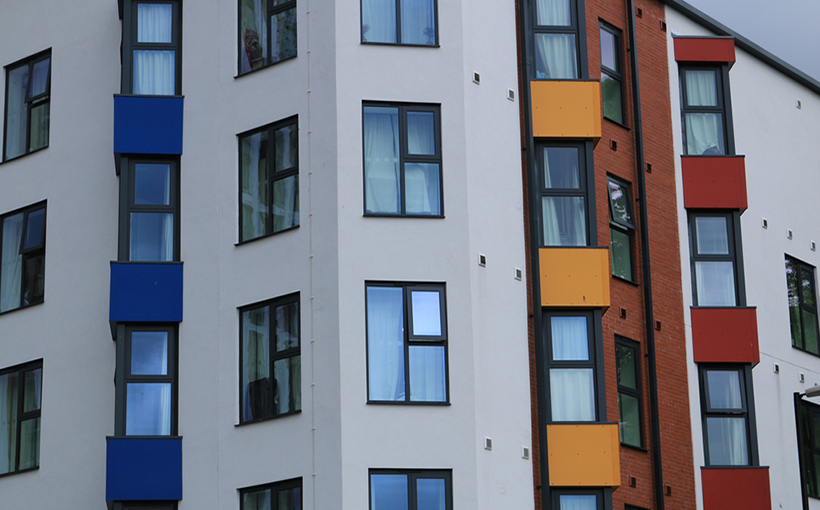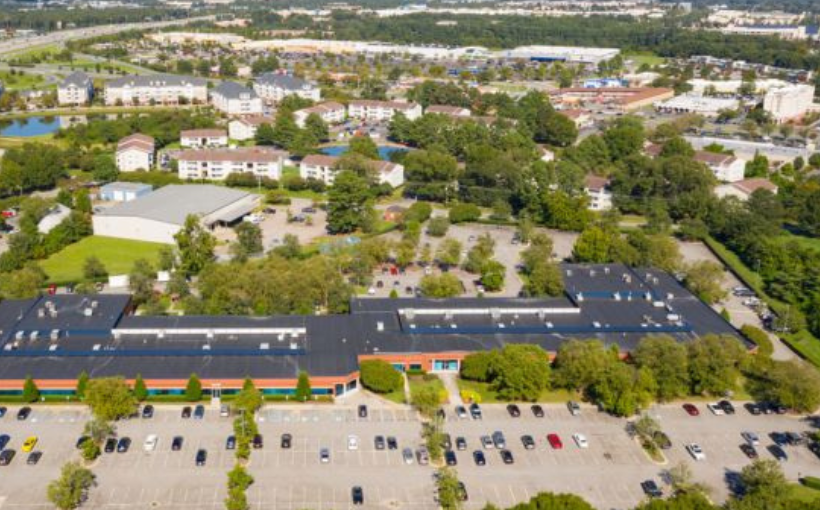The second installment of a four-part series delves into the growing popularity of student housing as a viable real estate asset class. In contrast to its fragmented and underappreciated past, this sector has now gained traction among institutional investors due to its strong fundamentals and professional developments.
According to experts in the industry, despite facing challenges in the commercial real estate market, student housing has emerged relatively unscathed. Mitchell Korte from Subtext comments that it has evolved into an institutional asset class over the last five years, impacting various strategies such as financing and construction, resident demand and rent growth.
One key factor driving investor interest is college enrollment rates. As Eric Gould from Project Management Advisors Inc explains, most campuses across America are experiencing a shortage of on-campus housing options for students. This insulates campus housing from economic slowdowns and contributes to high occupancy rates and rental rate growth.
Despite concerns about potential vacancies during COVID-19 lockdowns, Andrew Layton with Student Quarters notes that students chose to stay put rather than risk infecting their families by returning home. This resulted in stable occupancy levels throughout this period.
While there have been some declines in construction starts due to rising material costs similar seen across other CRE sectors , experts agree that demand continues outpacing supply in many markets leading higher occupancy ratesand robust rental rate growth . Brent Little from Fountain Residential Partners adds that barriers-to-entry also play a role when considering investment opportunities – low barriers may resultin oversupply which can negatively impact returns on investments .
Investment activity did see some decline comparedto 2022 levels primarily driven by uncertainty around rapidly increasing interest rates . However , overseas investors continue showing healthy appetite for deploying capital into this space while domestic buyers face challenges meeting seller expectations given previous valuations based on lower cost-of-capital environment .
In conclusion , although investment activity was below 2022 levels due rising cost-of-capital environment ; strong rent-growth prospects especially in “Power Five” markets ( prestigious , state-funded and run institutions ) continue to attract investor interest . Additionally, emerging Tier 2 markets with strong enrollment growth are also gaining attention for their higher return potential. Despite challenges, the lack of safe and modern housing options continues to drive demand for student housing, making it a promising investment opportunity.




